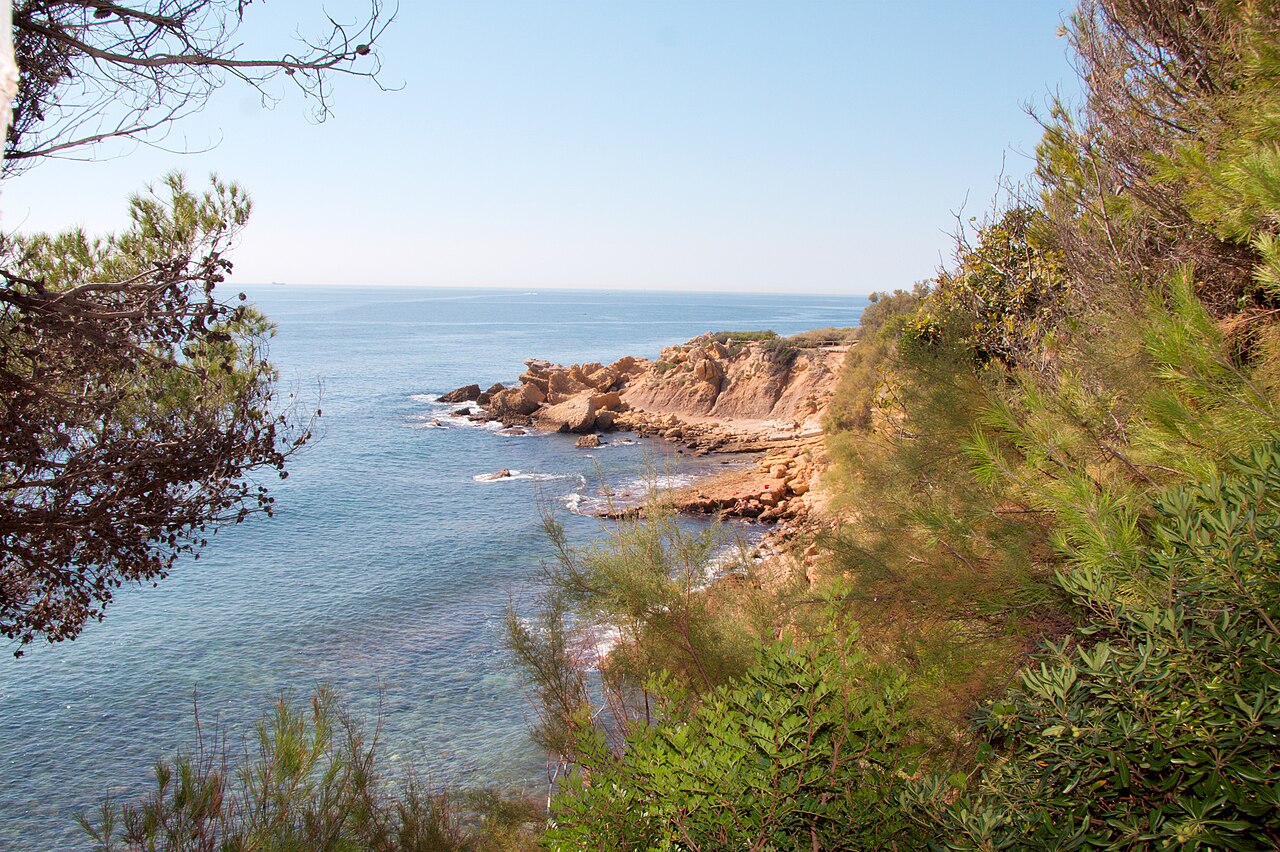Incorporating Indigenous knowledge in ecosystem restoration: regulating the naming of invasive alien species in Indigenous languages
CEESP News: Bheka Nxele, Programme Manager on the implementation of a Working for Ecosystems Programme, for eThekwini Municipality in eThekwini Municipality, South Africa & CEESP member
We highlight the importance of incorporating Indigenous knowledge in ecosystem restoration. We engaged local communities, in their own language, to understand how invasion has impacted their lives, what they name invasive alien plants for their daily reference and what uses they have derived for these unwanted plants.
It has been acknowledged that ecosystem restoration should be informed by different knowledge systems. Being long-term, ecosystem restoration also needs to be understood by everyone. If everyone has a right to a healthy and functional ecosystem, then everyone must have some responsibility towards maintaining that ecosystem, and if need be, also towards recreating and maintaining it. To facilitate this, information must be accessible to everyone, and people must be able to contribute to the synthesis of that information. The sustainability of restoration depends on coordination, shared vision, and realization that native biodiversity has an intrinsic value.
Picture 1: Bheka Nxele giving a presentation on Naming Invasive Alien Plants in Indigenous Languages, at a local community workshop, in eThekwini Municipality, South Africa. (Picture taken by Bheka Memela).
Inaccessibility of information compromises participation. Indigenous Peoples & Local Communities (IPLCs) fall victim to this passive exclusion. Communication should not be a barrier and ecosystem restoration should proactively identify and address such barriers. Ignored barriers threaten the sustainability of restoration. During the UN Decade on Ecosystem Restoration (2021 - 2030), addressing barriers and challenges for equitable participation should be prioritized. Acknowledging other knowledge systems like Indigenous Knowledge Systems, which can enrich restoration, should be encouraged. The World Resources Institute warns, “unless local people are included in planning, implementation, and monitoring of restoration work, projects will fail”. Participation in restoration can serve as a vehicle in making restoration a lifestyle!
Picture 2: Members of local communities, including traditional healers, were engaged to find out what they call certain invasive alien plants in isiZulu. (Pictures taken by Bheka Memela).
In South Africa, restoration is coupled to poverty alleviation. A group of environmentalists in KwaZulu-Natal envisioned this as a potential challenge if participants, with a limited command of English and poor understanding of conservation terminology, are employed (Nxele et al., 2019). Dominantly used terminologies like “ecosystem”, and “ecosystem services”, do not exist in the isiZulu lexicon. Attempting to translate such terms, into isiZulu, may vary with each translator. Clearing invasive alien plants (IAPs), as part of ecosystem restoration, exposes participants to many IAPs known only either by their English Common Names or by their Latin names. For participants employed on the grounds of “poverty alleviation”, this might be a challenge.
Picture 3: Community leaders, including Ward Councilors, iziNduna (Chief’s foremen) and school principals, were also involved. (Picture taken by Bheka Memela).
Since people name IAPs so they can refer to them, we felt a need to establish what they call IAPs in isiZulu (Nxele et al., 2019). This was to ensure IAP names are not those of native plants. We also wanted to ensure IAPs have negative names, since they are unwanted. We believe unwanted plants (negative plants) should have negative names. Case in point was Ailanthus altissima, an IAP in SA and native in China, is called the Tree of Heaven! An unwanted plant with a glorious, positive name! To really confuse people, tell them to “destroy the Tree of Heaven because it is unwanted”!
Picture 4: Members of local communities were taken outdoors to be shown invasive alien plants in the field. Afterwards discussions on IAP impacts, indigenous names of observed IAPs, and naming of IAPs would continue indoors. (Pictures taken by Bheka Memela).
To address this, we engaged local communities to understand how they have co-existed with IAPs, what they call them and what uses have they derived for IAPs (Nxele et al., 2019). Anecdotal experiences were twofold: Firstly, while naming Pistia stratiotes (Water Lettuce), elders had to be consulted and an elder confirmed the plant as “indwane”. This indicated the plant has been around so long there is now an isiZulu idiom around it, viz., “umfula udla izindwane”, which translates “a flooding river gulps Water Lettuces”. This demonstrated people have co-existed with the plant such that even their culture has embraced it! Secondly, consultation indicated a disconnect between the older, and the younger generations. Among Black people, culture is passed from one generation to the next through the word of mouth. This incident implied the younger generation (did not know the plant), is not as connected to the older generation as should be. This meant some information may be lost with the passing of the older generation.
In managing ecosystems, indigenous knowledge is critical for local communities to feel involved and valued. Engaging IPLCs in their own languages, would enable them to express their perceptions and recommendations in terms of where they derived livelihoods prior to IAP invasion, how has invasion impacted their lives, and how they interpret ecosystem services. Such information can be key in prioritizing restoration sites and in setting restoration objectives.
Acknowledgments
I would like to thank my co-authors in Nxele et al., 2019, with who this work was made possible. They are, the late Bheki A. Mdletshe, Bheka E.B. Memela, Menzi M. Nxumalo, Hlobisile J. Sithole, Phakamani J. Mlaba, Khulekani Nhleko, Zukiswa Zulu, Lindelani Zuke, Sanelo Mchunu, Mthobisi Hadebe and Nomzamo A. Mncube.
References
Nxele, B.J., Mdletshe, B.A., Memela, B.E.B, Nxumalo, M.M., Sithole, H.J., Mlaba, P.J., Nhleko, K., Zulu, Z., Zuke, L, Mchunu, S., Hadebe, M. & Mncube, N.A. 2019. Naming Invasive Alien Plants into Indigenous Languages: KwaZulu-Natal Case Study, South Africa. Journal of Biodiversity Management & Forestry, 8: 1 DOI: 10.4172/2327-4417.1000207



